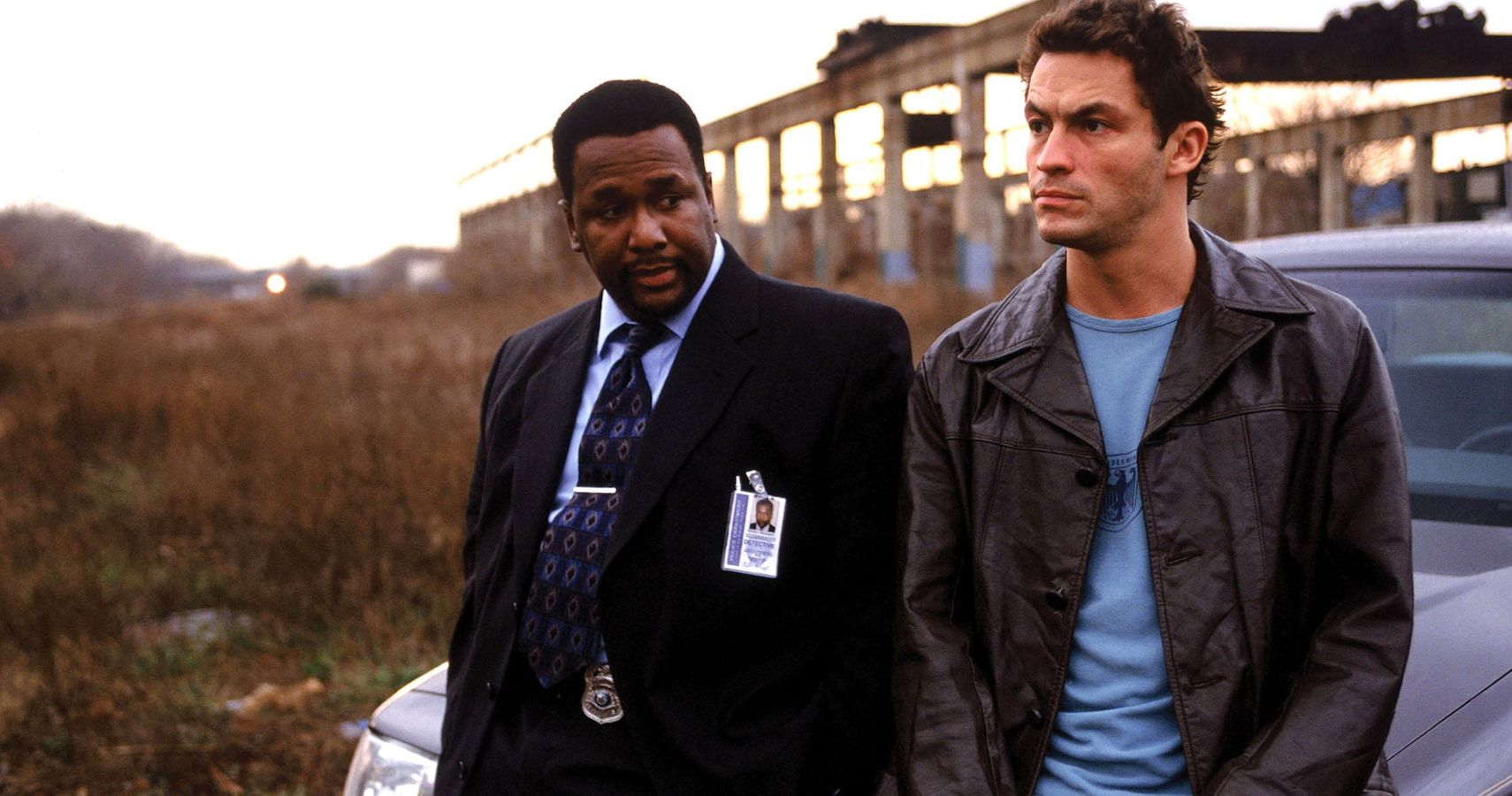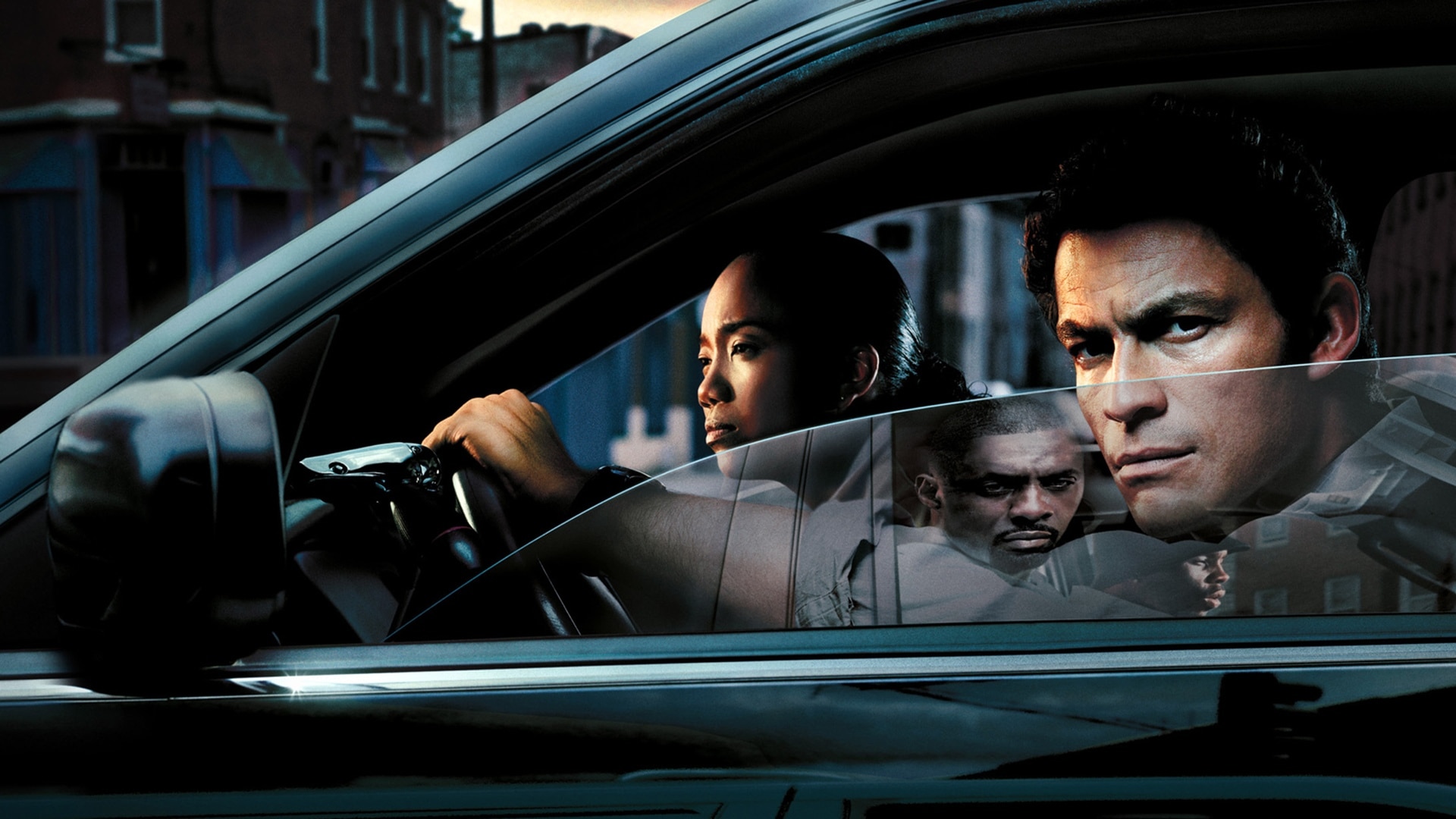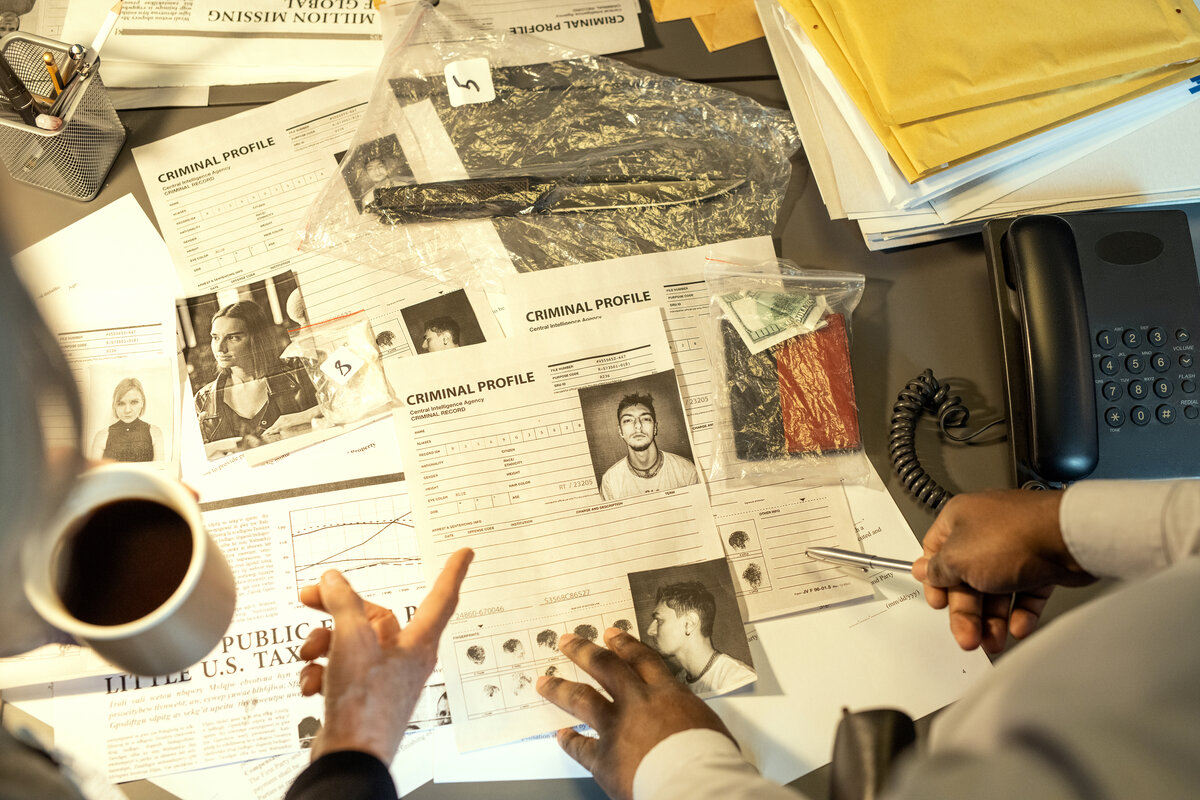
The Wire: The Drug Trade as an Alternate Economy
One of The Wire’s most compelling contributions to the crime drama genre is its portrayal of the drug trade not simply as an illegal enterprise, but as an alternate economy deeply embedded in Baltimore’s social fabric. This underground system mirrors and often competes with the city’s legitimate institutions, exposing how cycles of corruption, violence, and systemic neglect create fertile ground for such economies to thrive.
In this article, we’ll explore how The Wire examines the drug trade as a parallel institution, its impact on the community, and its intersection with power and politics.
The Parallel Institution of the Drug Trade
In The Wire, the drug trade operates with a structure and hierarchy akin to a corporation. From kingpins like Avon Barksdale and Marlo Stanfield to street-level dealers like Bodie and Wallace, the trade is governed by its own rules, codes, and power dynamics.
Hierarchy and Control
The drug trade in Baltimore is depicted as a well-oiled machine, with a clear chain of command. Avon Barksdale serves as a CEO figure, balancing strategy with enforcement. His lieutenant, Stringer Bell, brings a more corporate mindset to the operation, attempting to streamline its functions and legitimize its profits. This blend of street smarts and business acumen highlights how the drug trade mimics legitimate institutions.
However, as Stringer’s ambitions clash with the realities of the streets, the series underscores the limitations of trying to apply legitimate business practices to an inherently unstable and violent economy.
Rules of the Game
The drug trade in The Wire is not lawless. On the contrary, it operates under its own set of rules, which are rigidly enforced. Violations of these rules—such as snitching—are met with swift and often brutal consequences. This code of conduct serves to maintain order within the chaos, but it also perpetuates cycles of crime and violence.
The enforcement of these rules mirrors the function of police and courts in legitimate society. However, unlike the formal justice system, the drug trade’s enforcement mechanisms are extrajudicial, leading to outcomes that are often arbitrary and driven by power rather than fairness.
The Impact on the Community
While the drug trade provides income and status for those involved, its impact on the wider community is devastating. Entire neighborhoods are destabilized as families are torn apart, and children like Wallace and Dukie are drawn into the cycle of poverty, addiction, and crime.
Generational Cycles of Poverty
The series emphasizes how the drug trade traps individuals in generational cycles of poverty. For many, the drug trade is not a choice but a necessity—a means of survival in a city where legitimate opportunities are scarce. Young people are often recruited into the trade as foot soldiers, their futures sacrificed for the profits of those at the top.
Intersection with Power and Politics
The drug trade in The Wire does not exist in isolation. It is deeply intertwined with legitimate institutions, particularly politics and law enforcement. The series shows how these institutions often enable and even profit from the trade.
Law Enforcement: Fighting or Feeding the Trade?
One of the show’s central themes is the futility of the war on drugs. Police efforts to combat the drug trade are depicted as superficial and often counterproductive. Officers focus on low-level dealers to pad their arrest numbers while leaving the larger system intact.
In some cases, law enforcement is complicit in the trade. Officers like Herc and Carver engage in questionable practices, and others are shown turning a blind eye to drug-related corruption within their ranks.
Political Complicity
The political system, too, is shown to have a vested interest in maintaining the status quo. Politicians like Tommy Carcetti use the drug trade as a platform to advance their careers, promising reforms while doing little to address the root causes of the problem.
The series suggests that these institutions, far from combating the drug trade, are often complicit in its perpetuation. By prioritizing their own survival over meaningful change, they ensure that the cycle continues.
The Wire’s Unique Perspective
What sets The Wire apart from other crime dramas is its refusal to moralize. The series does not paint the drug trade as a purely evil force, nor does it absolve its participants of responsibility. Instead, it presents a nuanced view of the trade as both a symptom and a cause of systemic failure.
Characters like Stringer Bell and Avon Barksdale are neither heroes nor villains. They are products of their environment, navigating a system that offers few alternatives. This nuanced portrayal challenges viewers to consider the broader social and economic forces that drive individuals into the trade.
Lessons from The Drug Trade
The Wire offers no easy solutions to the problems it depicts. However, it does provide valuable insights into the nature of systemic failure and the interconnectedness of institutions. The drug trade, as portrayed in the series, is not an isolated problem but a symptom of deeper issues within society.
By examining the trade as an alternate economy, The Wire forces viewers to confront uncomfortable questions: What drives people to participate in such a system? How do legitimate institutions enable or perpetuate this cycle? And what would it take to break the cycle for good?
Conclusion
The drug trade in The Wire is more than just a backdrop for the story; it is a character in its own right, shaping the lives of everyone it touches. Through its detailed and unflinching portrayal, the series reveals the trade as a complex, deeply rooted system that mirrors legitimate institutions while perpetuating inequality and despair.
By exploring the drug trade as an alternate economy, The Wire challenges us to rethink our assumptions about crime, poverty, and power. It’s a call to action—not just to reform the systems that perpetuate these cycles, but to address the underlying conditions that allow them to exist in the first place.
Stay tuned for more articles exploring the characters, themes, and societal critiques that make The Wire a timeless masterpiece.




